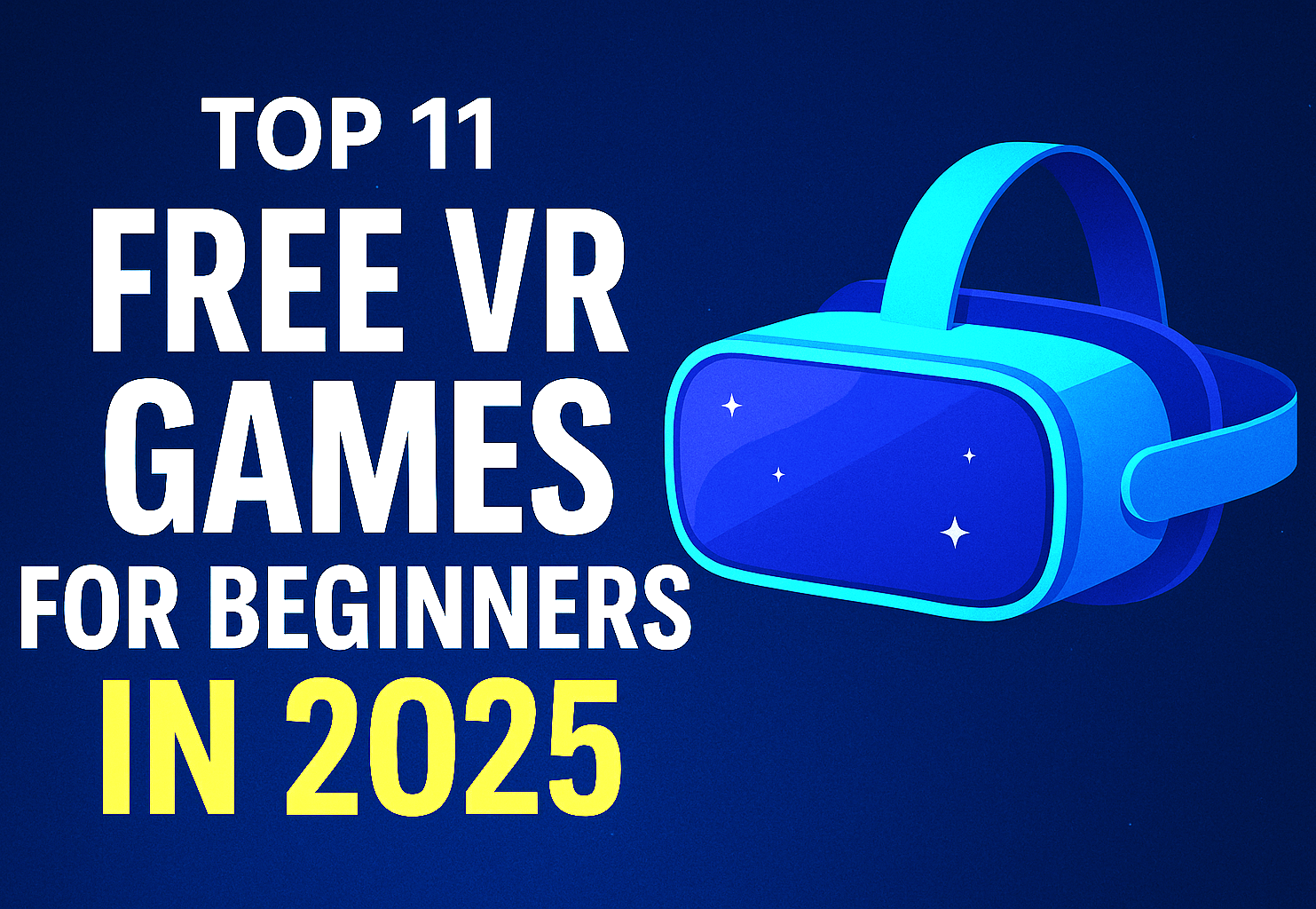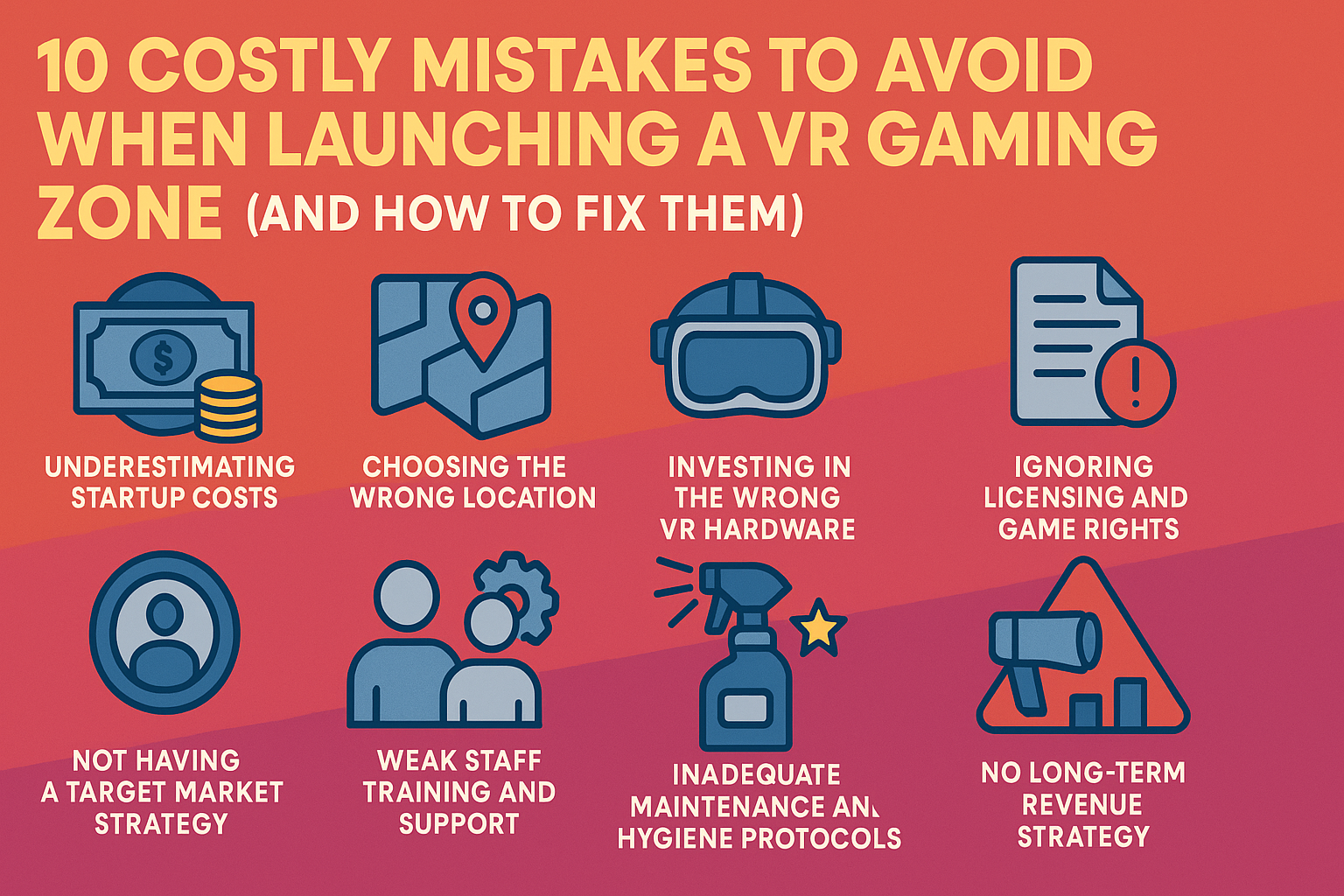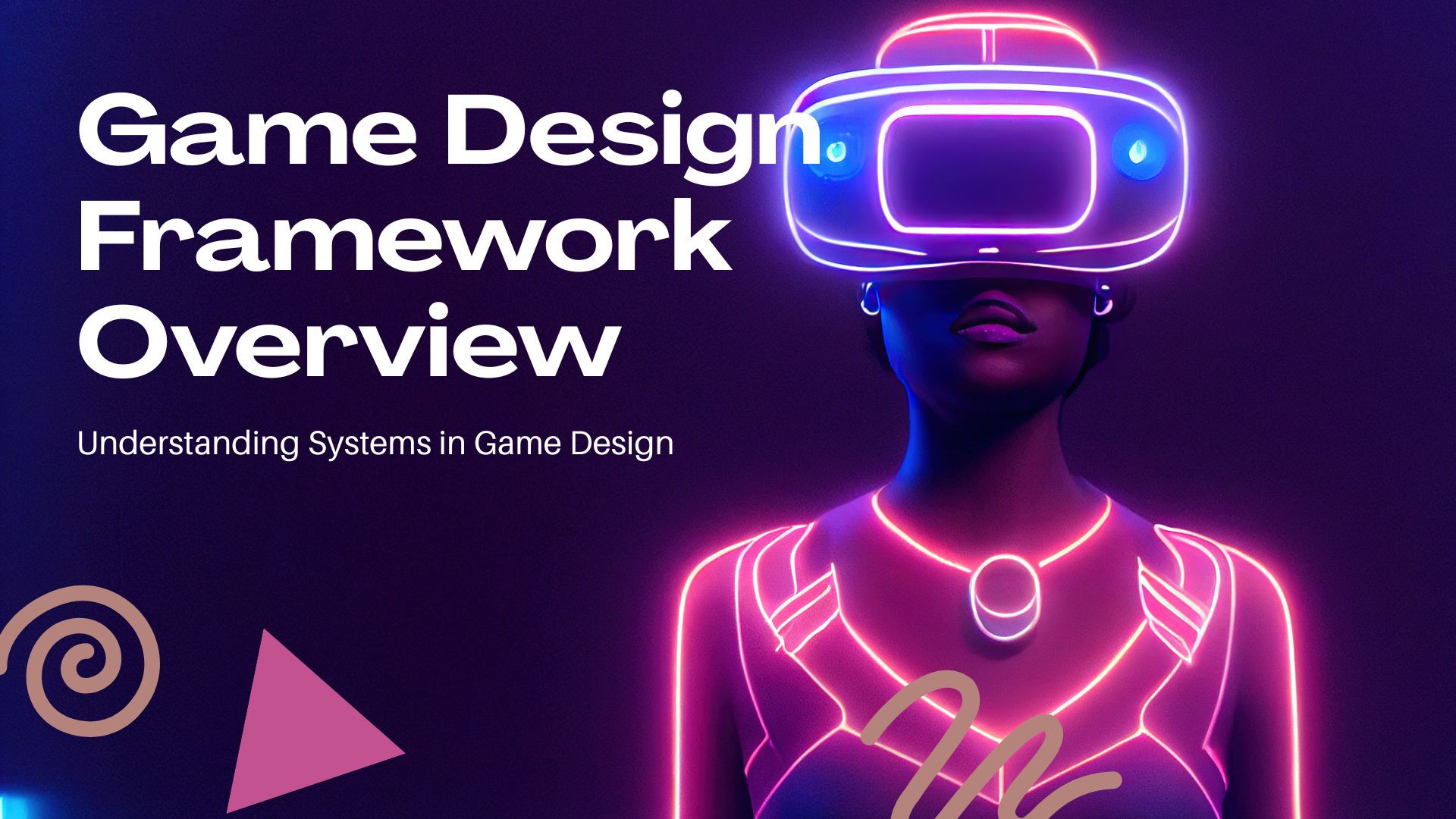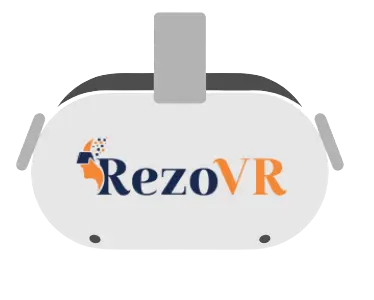Top 15 Benefits of AR in Manufacturing Industry
Have you ever wondered how manufacturing industry continuously evolves to keep up with the latest technological trends? One of the key players in this transformation is augmented reality (AR).
The benefits of AR in manufacturing industry are taking the world by storm, and it’s time we delve into the top 15 advantages of this revolutionary technology.
The rise of augmented reality (AR) technology has opened up new possibilities for industries worldwide, especially in manufacturing.
With its unique ability to overlay digital information onto the physical world, AR is making waves in various production processes.
As AR’s influence in the manufacturing industry grows, it’s important to understand its benefits and how it’s reshaping how we produce goods.
So buckle up as we embark on an exciting journey to explore the top 15 benefits of AR in manufacturing industry.
Boosting efficiency and productivity
Real-time data visualisation and overlays provided by AR technology enable workers to access crucial information at a glance. This leads to better decision-making and increased productivity, as workers can identify bottlenecks immediately and address issues.
Streamlined training and onboarding processes are among the top 15 benefits of AR in manufacturing industry. New employees can learn faster with less reliance on printed manuals and more focus on hands-on experience through AR-guided simulations.
Enhanced maintenance and troubleshooting are other perks of AR in manufacturing operations. By overlaying digital instructions on machinery, technicians can quickly identify and solve problems, reducing machine downtime and improving overall productivity.
Improving worker safety and ergonomics
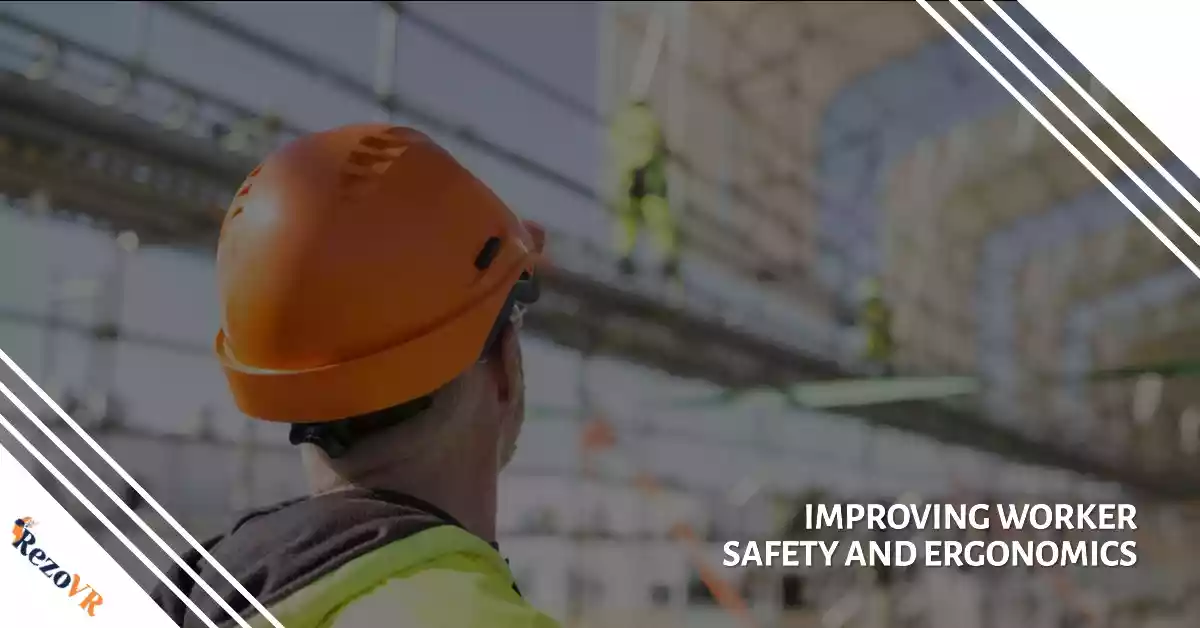

Risk identification and alerts through AR technology help keep workers safe. For example, AR glasses can warn operators about potential dangers in their work environment, like hot surfaces or moving equipment.
Remote assistance and support enabled by AR allow experts to guide workers from afar, minimising the need for on-site visits and reducing the risk of accidents.
Ergonomic solutions for repetitive tasks can be developed using AR technology. By analysing workers’ movements, AR can suggest better postures or tools to prevent injuries, creating a safer work environment.
Enabling Remote Collaboration
Global team collaboration becomes seamless with AR, as professionals from different locations can work together in real-time on virtual prototypes and designs. This not only saves time and money but also fosters innovation and creativity.
AR technology makes virtual prototyping and testing possible, allowing designers to make faster iterations and improvements to their designs without needing physical prototypes.
Streamlined communication between departments is another crucial benefit of AR in manufacturing. Misunderstandings and delays are minimised by providing a shared visual understanding of the project.
Enhancing quality control and inspection
Precision measurements and automated inspections enabled by AR technology ensure that products meet the highest quality standards. By overlaying digital reference points onto physical objects, inspectors can quickly identify deviations and make necessary adjustments.
Tracking and documentation of product defence manufacturing are simplified with AR. By capturing images and recording data in real time, quality control teams can analyse issues and take corrective actions promptly.
Reduced human error through AR guidance results in fewer product design defects and rework, ultimately improving the overall quality of production.
Optimising Warehouse and Inventory Management
AR-assisted picking and packing streamline warehouse processes, increase operational efficiency, and reduce errors. Workers receive real-time guidance on their AR devices, showing them the exact location of items to be picked or packed.
Real-time inventory tracking with AR technology helps businesses maintain accurate stock levels and prevent shortages or overstocking.
Simplified space planning and layout optimisation can be achieved using AR, allowing warehouse managers to visualise different configurations and make data-driven decisions for maximising storage space and improving workflows.
Accelerating Design and Development
Immersive product visualisations enabled by AR technology allow designers to interact with their creations in a more realistic environment, making better and faster design decisions.
Faster design iterations are possible with AR, as designers can change their virtual models and immediately see the impact on the overall product, streamlining the development process.
Seamless integration with CAD (computer-aided design) and PLM (product lifecycle management) systems makes it easier for designers and engineers to collaborate and bring their ideas to life using AR technology.
Customising manufacturing processes
Personalised production lines can be designed using AR technology to cater to specific customer requirements and offer more customisation options.
B. Scalable and flexible manufacturing workflows are made possible with AR, allowing businesses to respond quickly to changes in demand or market conditions.
Enhanced flexibility in production planning is another benefit of AR in manufacturing industry, as AR-driven simulations can help businesses identify bottlenecks and optimise their processes.
Reducing costs and waste
Energy and resource conservation are achievable with AR technology, as businesses can monitor and optimise their energy consumption, leading to reduced costs and a smaller environmental footprint.
Minimised machine downtime is a competitive advantage of using AR in manufacturing operations. It helps identify issues before they escalate and cause significant disruptions.
Optimised logistics and supply chain management can be achieved using AR, reducing waste and inefficiencies and ultimately saving businesses money.
Increasing customer engagement
Immersive product demonstrations using AR technology allow potential buyers to interact with products virtually, enhancing their understanding and increasing their likelihood of purchasing.
Interactive sales and marketing tools, such as AR-powered apps, provide customers with immersive experiences, differentiating brands from competitors and fostering customer loyalty.
Advanced customer support and service can be delivered using AR, as remote experts can assist customers in real-time, resolving issues quickly and efficiently.
Supporting Sustainability Initiatives
Tracking environmental impact through AR technology helps businesses monitor their resource usage and waste generation, enabling them to adopt more eco-friendly practices.
Promoting eco-friendly practices, such as reducing energy consumption and minimising waste, is easier when using AR to visualise and optimise processes.
Monitoring energy consumption with AR technology enables businesses to identify areas for improvement and take necessary steps towards sustainability.
Embracing Industry 4.0 and Smart Manufacturing
Integrating IoT (Internet of Things) and AI (Artificial Intelligence) technologies allows AR to play a crucial role in developing Industry 4.0 and intelligent manufacturing.
Autonomous systems and predictive analytics, powered by AR and other advanced technologies, enable manufacturers to optimise their operations and make data-driven decisions.
Creating a digital twin of the manufacturing process using AR technology helps businesses simulate and test various scenarios, ultimately leading to more efficient and resilient production processes.
Fostering innovation and creativity
Encouraging experimentation and collaboration through AR technology unlocks new business models and opportunities, driving innovation in the manufacturing industry.
The immersive nature of AR inspires future workforce development, attracting talented individuals to the industry and nurturing their skills for the rapidly changing manufacturing landscape.
Overcoming skill gaps and labour shortages
Upskilling and reskilling initiatives can be enhanced using AR technology, providing workers with hands-on training and real-time guidance to stay current with the latest industry trends.
Attracting and retaining talent is more accessible with AR technology. It offers an engaging and futuristic work environment, appealing to tech-savvy individuals and bridging the gap between generations in the workforce.
Addressing labour shortages and skill gaps is made possible with AR technology, as it helps streamline the onboarding process and provides ongoing training opportunities for employees, ensuring they remain up-to-date with the latest industry advancements.
Challenges and Future Outlook
Security and privacy concerns must be addressed as AR technology becomes more prevalent in manufacturing. Ensuring data protection and maintaining the confidentiality of sensitive information is critical.
Standardisation and interoperability are important factors to consider as AR technology grows. Developing common standards and protocols will ensure seamless integration with existing systems and pave the way for further innovation.
Continued investment and growth in AR technology are necessary to drive the manufacturing industry forward and unlock the full potential of AR-driven processes and applications.
In conclusion, the top 15 benefits of AR in manufacturing industry showcase the significant impact this technology has on the best way we produce goods. From boosting efficiency and productivity to fostering innovation and creativity, AR is revolutionising the manufacturing landscape.
As AR technology continues to evolve, its role in shaping the future of manufacturing becomes increasingly evident. By embracing AR and integrating it into various aspects of the production process, businesses can stay ahead of the curve and maintain a competitive edge in the ever-changing manufacturing industry.
Frequently Asked Questions (FAQs)
What is the difference between vr and AR in Manufacturing Industry?
AR (augmented reality) overlays digital information onto the physical world. VR immerses users in a digital environment. Both technologies can enhance manufacturing, but AR is more suited for real-time data visualisation, remote collaboration, and worker training.
How does AR help reduce operational costs?
AR technology can reduce operating costs by optimising energy consumption, minimising machine downtime, streamlining communication, and improving the overall efficiency of the production process.
Can small businesses also benefit from AR in manufacturing?
Small businesses can benefit from AR manufacturing by adopting cost-effective AR solutions to improve productivity, streamline processes, and enhance customer engagement.
What are some popular AR tools used in the manufacturing industry?
Popular AR tools in the manufacturing industry include Microsoft HoloLens, Google Glass Enterprise Edition, and various AR-powered software applications designed for specific use cases like refining training, remote collaboration, and quality control.
By understanding and leveraging the benefits of AR in manufacturing industry, businesses can unlock new opportunities for growth, innovation, and efficiency. As we move forward into the era of Industry 4.0 and intelligent manufacturing, AR will undoubtedly continue to play a crucial role in driving this transformation.


